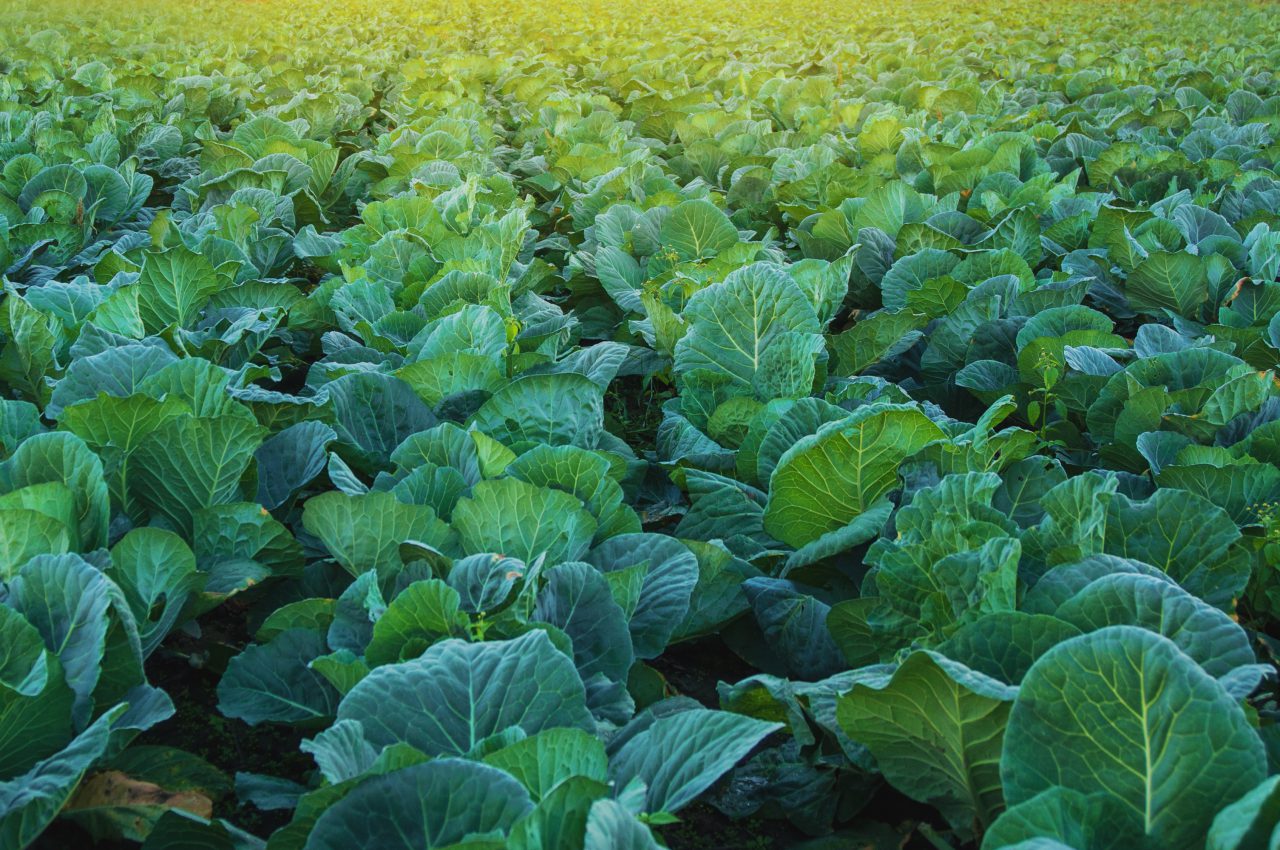My mother cooked collards the old Southern way: simmered on the back of the stove with a big hunk of fatback for nearly the entire day. The pungent, musky odor filled the house even with the windows open. In my worst food nightmares, I can still smell those collards cooking, like the miasma from the witches’ cauldron in “Macbeth.”
The result barely resembled a vegetable. It looked more like green glue. So much of the flavor was cooked out that my father doused the collards with hot sauce or pepper vinegar.
When food magazines recently began declaring collards “the new kale,” I was skeptical, to put it mildly. I thought more like, “Are you out of your New York foodie minds?” Kale, along with chard and tatsoi, I could stir-fry, leaving them with texture and flavor. Those greens I could handle. But collards?
I belong to a CSA (community-supported agriculture) farm. I pay at the beginning of the season, providing the farmer seed money — literally — and in return, I receive a weekly box of the farmer’s harvest.
One pickup included a bunch of small-leaf collards. I put my history with collards behind me and hesitantly nibbled a raw leaf (a good approach when trying an unfamiliar leafy green). It was sweet — not bitter — and only moderately chewy. Not bad, considering collards aren’t the best uncooked. The leaves were the size of a magazine cover, unlike the collards my mother cooked, which were large enough to make ship sails.
Big or small, collards can grow in any kind of weather, from summer through to the frosts and freezes of winter. In fact, old-timers believe that collards taste sweeter after they’ve had a freeze on them. No wonder people had to cook them to death to make them edible.
Through history, collards have sustained many struggling Southerners. They were a reliable source of nutrients, full of vitamins A and C, calcium and iron.
Long-cooking collards leaves behind what many Southerners consider pure gold: the “potlikker,” juices rendered by those many hours of simmering. The potlikker itself can serve as a second meal from one pot — with some cornbread to sop it up with, naturally. For generations, potlikker has been the southern version of chicken soup, endowed by its fans with the same healing powers. In fact, most of the nutrients found in the greens end up in the potlikker after all that simmering.
When antebellum plantation owners ate the greens, the perceived-as-worthless potlikker went to the slaves, making it a rare — and accidental — source of nutrition.
Today, creative restaurant chefs are mining the gold of potlikker. They’re using it as the basis for sauces and soups, bringing the humble food full circle.
I’ve found that the small-leaf collards do fine in stirfrys, too (finely shredded), playing well with the kale and Swiss chard. Remove the tough, center rib of the leaves, just as you do with other greens.
However, if you crave that potlikker, simmering time is the only way to get it. But you don’t have to let the collards go all day and take them down to the green paste level. Always remove the center rib, then chop them up. There’s such a thing as a collard chopper — it looks like a potato masher with a circle of sharp teeth at the bottom — but a knife will do. Simmer the collards for 30 minutes to an hour, with the traditional fatback or smoked turkey, just until they’re as tender as you desire.
With that short of a time, you won’t even have to open a window.









